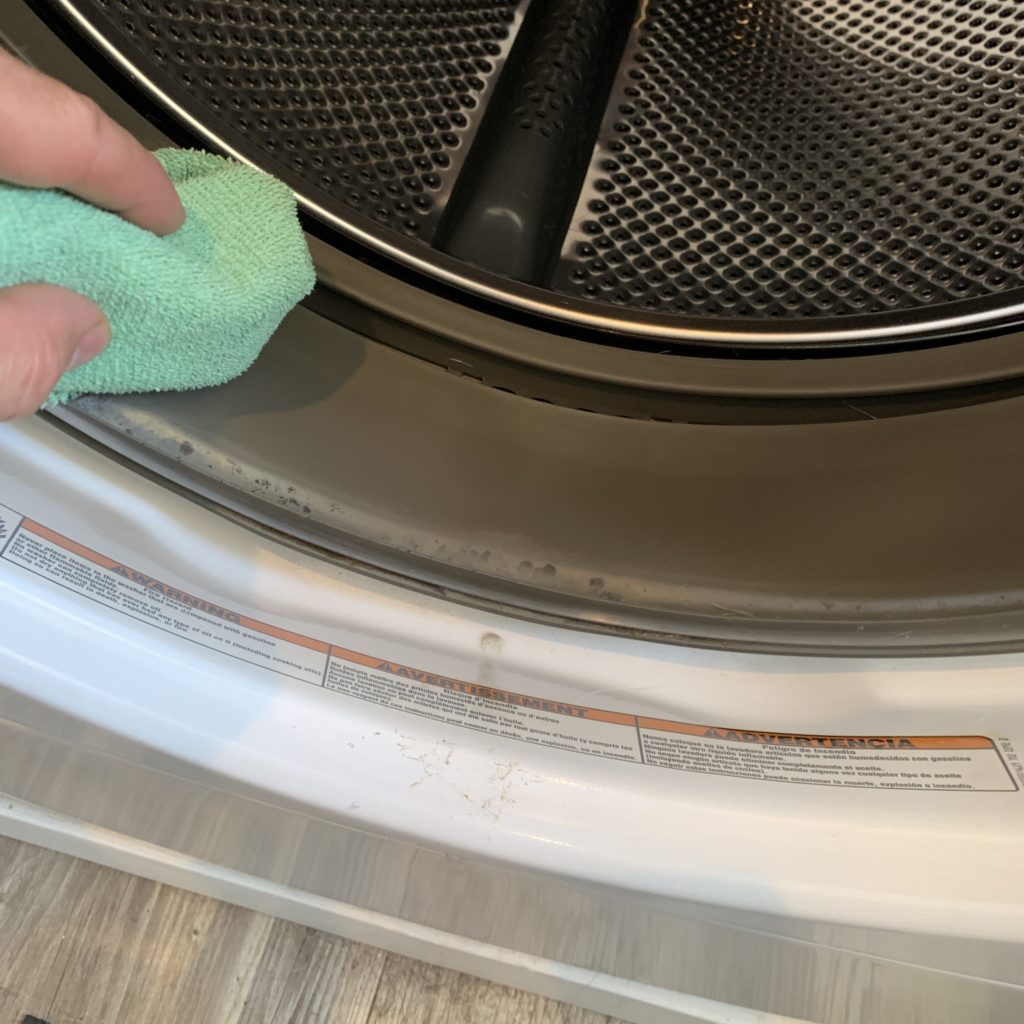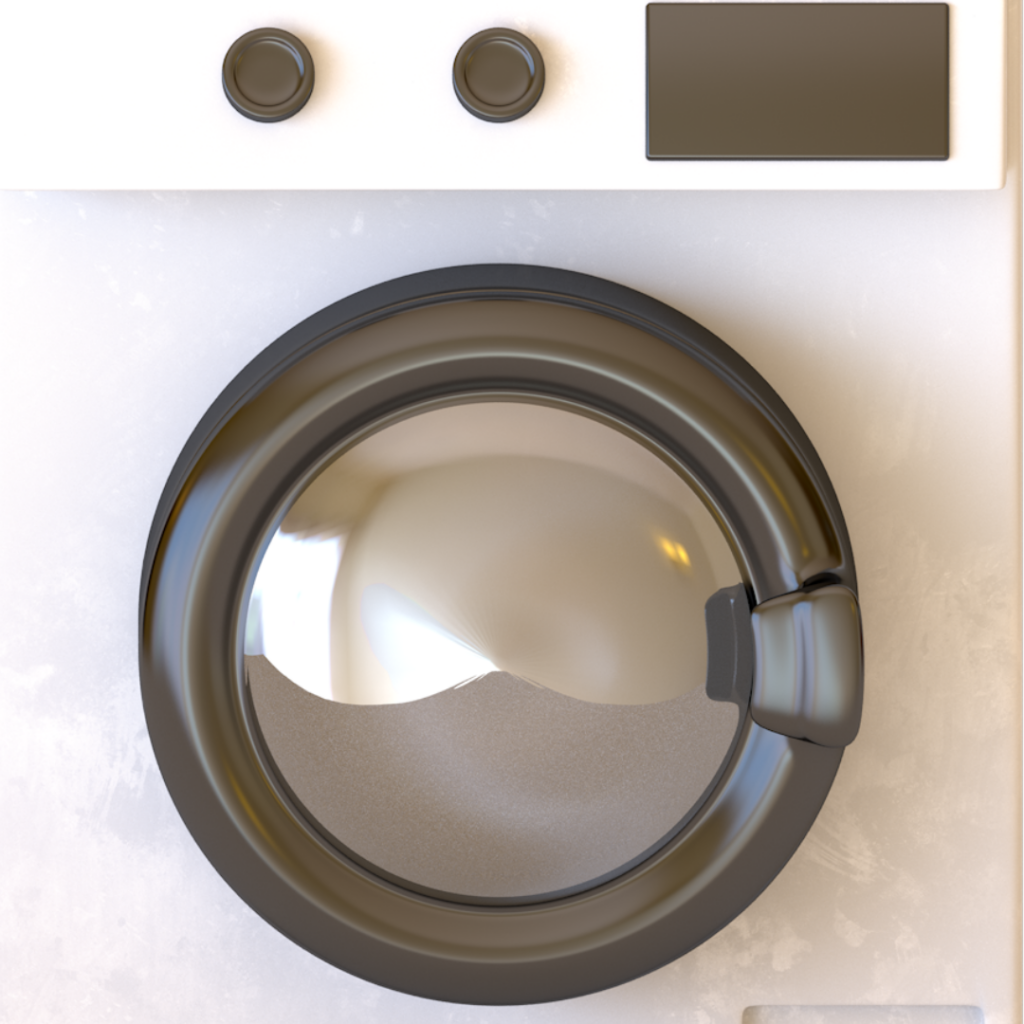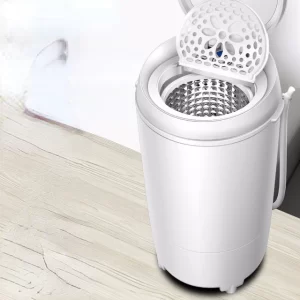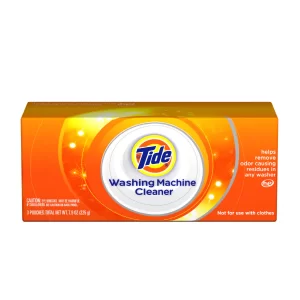How to Deal with Rust in Washing Machine?
Finding rust in your washing machine can be alarming. Not only does it raise concerns over the machine’s longevity, but it also poses risks to your clothes, potentially leaving unsightly rust stains. Rust formation is often due to exposure to moisture and metal components reacting with water and air over time. Understanding how to deal with rust in washing machine is essential for maintaining its efficiency and ensuring your laundry remains clean and damage-free. This comprehensive guide will walk you through the identification, removal, prevention, and mitigation of rust in your washing machine. Keep reading to discover effective strategies to tackle rust and prolong the life of your appliance.
Identifying Rust in Your Washing Machine
Before you can tackle rust, it’s important to identify where and why it is forming in your washing machine.
- Visible Spots: Check for visible rust spots inside the drum, around the lid, and near the detergent tray. Even small patches can indicate larger underlying issues.
- Rusty Water: If you notice rusty water filling your machine, it may be coming from the internal components such as hoses or the drum itself.
- Rust Stains on Clothes: Rust spots appearing on your clothes after a wash cycle are a clear sign that your washing machine has rust issues.
- General Inspection: Conduct a thorough inspection of both the interior and exterior metal surfaces. Use a flashlight to examine hard-to-see areas.
Identifying rust early allows for timely intervention and prevents more extensive damage to your washing machine and clothing.
Understanding Causes of Rust
Understanding what causes rust in washing machines helps in both addressing the current issue and preventing future occurrences.
- Moisture Exposure: Continuous exposure to water and detergents can lead to rust formation. Moisture trapped in crevices encourages rust development.
- Metal Components: Washing machines with metal parts, such as drums and pipes, are prone to rusting, especially if they lack sufficient protective coatings.
- Detergent and Bleach: Use of harsh detergents and bleach can hasten the corrosion of metal components, leading to rust.
- Water Quality: Hard water contains minerals that can corrode metal parts over time. Additionally, old or corroded water pipes can introduce rust particles into the machine.
Immediate Steps to Address Rust
When you first notice rust in your washing machine, taking immediate steps can prevent further damage.
- Empty the Machine: Remove any laundry and ensure the washing machine is completely empty before beginning any cleaning or repair process.
- Dry the Interior: Use a soft towel to thoroughly dry the interior of the machine. Removing excess moisture helps prevent further rust development.
- Apply Rust Remover: Choose a rust remover compatible with washing machine surfaces. Apply it according to the manufacturer’s instructions, focusing on the affected areas.
- Scrub Gently: Use a soft-bristled brush or a cloth to gently scrub off the rust. Avoid using abrasive materials that can scratch and damage the surface.
- Rinse and Dry: Rinse the treated areas with clean water and thoroughly dry them with a towel. Make sure no rust remover residue remains.
Taking these immediate steps helps contain the rust issue and prevents it from escalating.
Using Household Remedies
Sometimes, household remedies can be effective in removing rust from your washing machine.
- Baking Soda Paste: Mix baking soda with a little water to form a paste. Apply this paste to rust spots and let it sit for a few minutes before scrubbing gently with a brush.
- Lemon Juice and Salt: Create a mixture of lemon juice and salt. The acidity of the lemon juice combined with the abrasive nature of salt can effectively tackle rust spots. Apply the mixture, let it sit, and scrub away.
- Vinegar Solution: White vinegar is an excellent rust remover due to its acidic properties. Spray or pour vinegar directly onto the rust spots, let it sit for 30 minutes, then wipe and rinse.
- Commercial Rust Remover: For stubborn rust, use a commercial rust remover. Ensure it’s suitable for washing machine interiors and follow the product instructions carefully.
These household remedies can be a cost-effective way to address rust, especially when caught early.
Preventive Measures
Preventing rust formation is often easier than dealing with existing rust. Implement these preventive measures to keep your washing machine rust-free.
- Regular Cleaning: Clean your washing machine regularly to prevent moisture and detergent buildup. Use the machine’s self-cleaning cycle if it has one.
- Proper Ventilation: Ensure your laundry area is well-ventilated. After each wash, leave the machine door open to allow the interior to dry completely.
- Use Rust-Inhibiting Products: Consider using rust inhibitors specifically designed for washing machines. Add these to your wash cycles to protect metal components from rusting.
- Water Filters: Install water filters if you have hard water. Filters can reduce the mineral content in the water, minimizing the risk of metal corrosion.
- Gentle Detergents: Opt for gentle detergents and avoid overusing bleach or other harsh chemicals, which can corrode metal parts over time.
Implementing these preventive measures helps maintain the integrity of your washing machine and prevents rust formation.
Repairing Structural Rust Damage
In cases where rust has caused structural damage, more intensive repairs may be necessary.
- Assessing Damage: Inspect the extent of the damage. If the rust has caused holes or weakened the structure significantly, you may need professional repair or part replacement.
- Patch Kits: For minor rust holes, use a patch kit designed for metal surfaces. Apply the patch as per the instructions to cover the damaged area.
- Replacing Panels: If the rust damage is extensive, consider replacing entire panels. Check your manufacturer’s parts catalog for compatible replacements.
- Professional Help: For severe rust issues, it might be best to consult a professional appliance repair technician who can assess and repair the damage effectively.
Addressing structural rust damage promptly can extend the life of your washing machine and ensure its safe operation.
Protecting Your Clothes from Rust Stains
Rust in your washing machine can transfer to your clothes, leaving stubborn stains. Protect your laundry by taking these steps.
- Using Rust Removers: If you notice rust stains on clothing, use a laundry rust remover to treat affected items before putting them in the dryer. Follow the product instructions carefully.
- Preventive Laundry Practices: Avoid overloading the machine and balance loads to prevent metal components from becoming exposed and contacting clothes.
- Avoiding Contact: Ensure clothes do not come into direct contact with rusty parts by inspecting the drum and interior before each wash.
- Post-Wash Inspection: Check clothes after washing for any fresh rust stains and treat them immediately to prevent setting during drying.
These steps help protect your clothes from rust stains, keeping them looking their best.
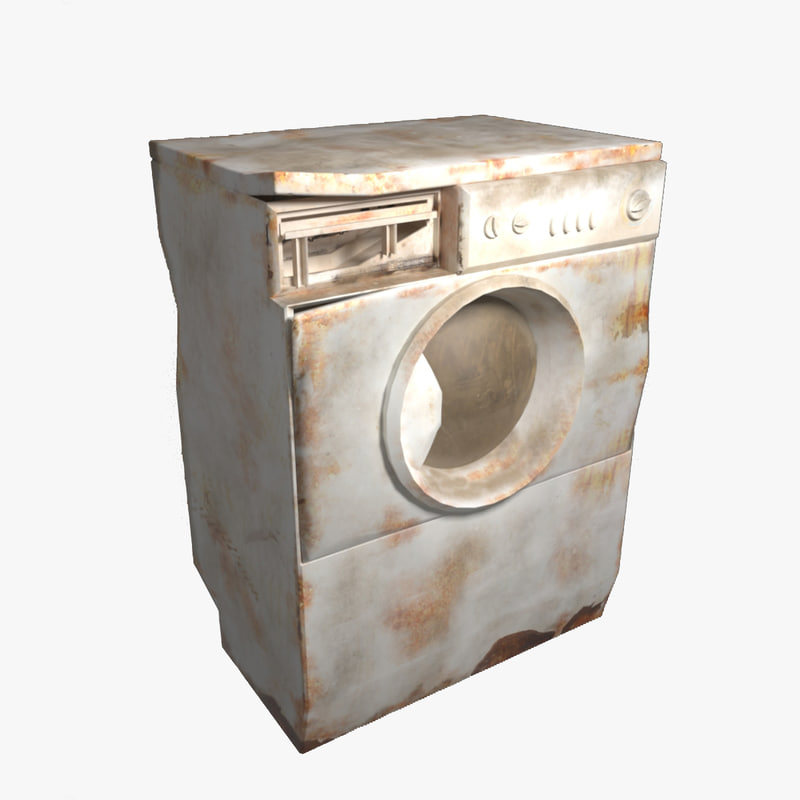 Routine Maintenance Tips
Routine Maintenance Tips
Routine maintenance can prevent rust formation and keep your washing machine in optimal condition.
- Monthly Cleaning: Perform a thorough cleaning of your washing machine at least once a month. Use a machine cleaner or run a self-clean cycle.
- Drain Pump Filter: Regularly clean the drain pump filter to remove any trapped debris that could contribute to rust formation.
- Inspect Seals and Gaskets: Check the door seals and gaskets for signs of wear and moisture buildup. Clean and dry them regularly to prevent rust.
- Checking Water Inlet Valve: Ensure the water inlet valve is functioning properly and is free from rust. Replace it if necessary.
- Monitor Detergent Use: Use the right amount of detergent to prevent residue buildup that could trap moisture and encourage rust.
Adhering to routine maintenance tips helps minimize rust risk and keeps your washing machine running smoothly.
Replacing Rusty Parts
When preventive measures and cleaning are not enough, replacing rusty parts can be the most effective solution.
- Identifying Parts: Identify the specific parts that are rusted, such as the drum, panel, or agitator. Refer to the washing machine’s manual for part numbers and descriptions.
- Purchasing Replacements: Purchase replacement parts from authorized dealers or directly from the manufacturer to ensure compatibility and quality.
- DIY Replacement: If you’re comfortable with DIY repairs, follow the manufacturer’s instructions to replace the rusty parts. Ensure you disconnect the machine from power and water supply before starting.
- Professional Installation: For complex parts or extensive rust damage, hiring a professional technician for installation may be the safest and most effective route.
Replacing rusty parts ensures your washing machine operates effectively and safely.
Considering a New Washing Machine
In some cases, extensive rust damage might necessitate purchasing a new washing machine.
- Cost-Benefit Analysis: Weigh the cost of extensive repairs and part replacements against the price of a new machine. Sometimes, investing in a new machine is more economical in the long run.
- Energy Efficiency: Newer washing machines are often more energy-efficient, saving you money on utility bills.
- Modern Features: Take advantage of modern features like advanced fabric care, larger capacity, and smart technology.
- Environmental Considerations: Properly recycle your old washing machine to minimize environmental impact.
Considering a new washing machine can provide a fresh start and modern conveniences while eliminating rust issues.
Conclusion
Understanding how to deal with rust in washing machine involves addressing the immediate problem, implementing preventive measures, and performing regular maintenance. From identifying signs of rust to using household remedies and considering professional repairs or part replacements, this comprehensive guide covers every aspect necessary to tackle rust effectively. By following these steps, you can maintain a clean, efficient, and rust-free washing machine, ensuring it serves you well for years to come. Remember, timely intervention and consistent maintenance are key to preventing and addressing rust issues. Happy cleaning!
